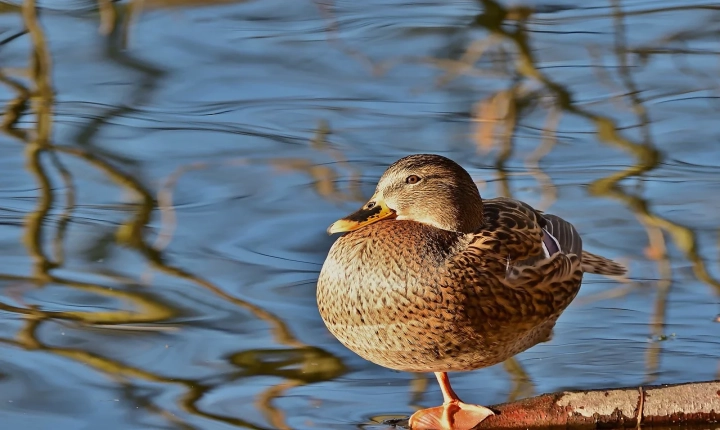How to Care for Your Goat: A Guide to Proper AI Techniques
Caring for goats can be a rewarding experience, whether you’re raising them for milk, meat, or as pets. One important aspect of goat care is breeding, and many goat owners choose to artificially inseminate (AI) their goats to improve their genetic lines and ensure healthy offspring. AI has become a popular method for breeding goats, as it allows for a more controlled and efficient breeding process.
If you’re new to goat breeding or are considering using AI for the first time, it’s important to familiarize yourself with the proper techniques involved to ensure successful results. Here are some essential steps and considerations to keep in mind when AI-ing your goats.
1. Selecting the Right Buck
Before the AI process can begin, it’s crucial to choose a high-quality buck with desirable genetics to serve as the donor for the procedure. The buck should be healthy, well-built, and free from any genetic abnormalities or diseases that could be passed on to offspring. Careful selection of the buck will ultimately determine the likelihood of producing strong, healthy kids through AI.
2. Preparing the Doe
Once the buck has been selected, it’s time to prepare the doe for the AI procedure. Properly managing the doe’s reproductive cycle is key to ensuring a successful AI. Monitoring her estrus cycle and understanding the signs of heat will help you determine the best time to proceed with the AI process.
In some cases, hormone treatments may be necessary to synchronize the reproductive cycles of multiple does or to enhance the chances of successful fertilization. Consulting with a veterinarian or experienced breeder can provide valuable guidance on hormone treatments and other factors that may affect the doe’s fertility.
3. Obtaining Semen and Equipment
Before AI-ing your goat, you’ll need to obtain high-quality semen from a reputable source. The semen should be collected from a healthy and fertile buck to maximize the chances of successful fertilization. Quality assurance is crucial when selecting semen to ensure the genetic integrity of the offspring.
In addition to obtaining semen, you’ll need to gather the necessary equipment for the AI process, including a speculum, insemination gun, and lubricant. It’s important to ensure that all equipment is clean and sterile to prevent the risk of infection during the procedure.
4. Performing the AI Procedure
The AI procedure itself requires careful handling and attention to detail to ensure successful fertilization. This typically involves inserting the semen into the doe’s reproductive tract using an insemination gun, which should be done with great care to minimize any potential discomfort for the doe.
During this process, it’s important to maintain a calm and gentle approach to ensure the doe remains relaxed and cooperative. Proper restraint may be necessary to keep the doe in a comfortable position while performing the AI.
5. Post-AI Care and Monitoring
After the AI procedure has been completed, it’s important to provide the doe with proper care and monitoring to support the success of the fertilization. This may include managing the doe’s diet and exercise routine, as well as monitoring her behavior and physical condition for signs of pregnancy.
Regular veterinary check-ups and ultrasounds can help confirm the success of the AI and monitor the progression of the pregnancy. Proper care and attention during the gestation period can greatly influence the health and development of the offspring.
In conclusion, using AI to breed goats can be a valuable tool for improving genetic lines and increasing breeding success. By following the proper techniques and guidelines for AI-ing your goats, you can maximize the chances of producing healthy and strong offspring. Consulting with experienced breeders and veterinarians can provide valuable insights and support throughout the AI process, ultimately contributing to the success of your goat breeding endeavors.
